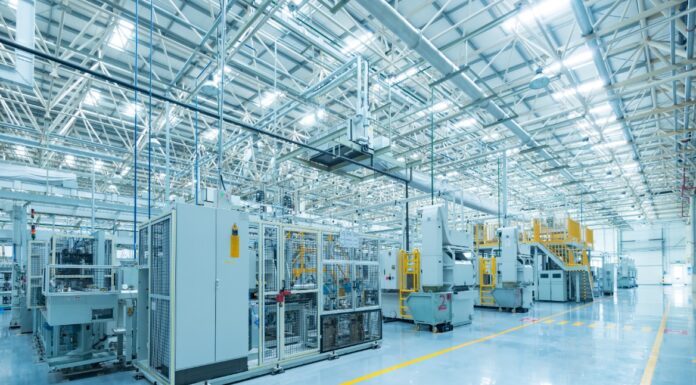
Australian building companies are increasingly turning to prefabricated construction methods in response to industry challenges including labour shortages, fluctuating material costs, and weather-related delays.
Big River Group is among the businesses adapting to these conditions by expanding its frame and truss operations and adopting technology to improve productivity, efficiency, and waste reduction.
Ray Ferretti, Executive General Manager – Construction at Big River Group, said the company is focused on delivering trade-oriented solutions that support on-site performance.
“The 2025 building trends will be on safety, productivity and a continuing shift in construction methods and systems such as an increase of pre-fabricated building components that support efficiency and productivity,” Ferretti said.
Big River operates frame and truss Trade Centres in Dry Creek, South Australia, and Breakwater, Victoria. Both locations supply prefabricated roof trusses, wall frames, and floor trusses tailored to different project types, from boutique residential homes to multi-residential developments.
Ferretti said these solutions help address labour shortages and reduce inefficiencies on site by enabling faster installation and reducing rework.
“Given the challenges builders face on-site with labour shortages and unpredictable weather, there has been a noticeable shift toward offsite prefabrication,” Ferretti said.
“Prefabricated solutions not only speed up the construction process but also allow potential issues with plans or engineering to be identified before they arise on-site, avoiding rework and costly fixes by various trades.”
Big River has invested in digital design software and production equipment to support its prefabrication operations.
At Dry Creek, AI-powered design software is used to improve precision and output, while Breakwater is equipped with Hundegger saws and design platforms operated by trained estimators. The company said these tools help maintain quality control and competitive pricing.
In addition to its frame and truss offering, Big River supplies a range of building products such as MaxiWall and fibre cement products from Etex and James Hardie, aimed at improving performance and streamlining the construction process.
Ferretti said the company has worked to maintain consistent supply by strengthening its relationships with suppliers and supporting Australian timber mills.
“Supply at our Dry Creek centre has been consistent due to the strong relationships we’ve built with our suppliers over the years,” he said. Big River’s stock management system is designed to support production demands and help projects stay on schedule.
The company has also made changes to reduce its environmental impact, particularly at its Breakwater facility.
It reports a 95 per cent reduction in landfill waste through partnerships with recycling organisations including Visy, SIM Metal, GT Recycling, and the Mulch Company. Timber offcuts are converted into mulch and industrial products, while plastics, metals, paper, and cartridges are fully recycled.
Ferretti said the initiative has also reduced landfill fees by around $65,000 annually.
Big River has implemented training and development programs to build internal expertise and support technical roles such as design and estimation.
Staff use industry software including Multinail and Pryda to deliver accurate and compliant designs for prefabricated components.
“At our Dry Creek Trade Centre, Multinail’s software allows us to create highly precise designs for roof trusses, wall frames, and floor systems,” Ferretti said.
“In Victoria, Breakwater uses Pryda’s software to optimise prefabrication processes and detect potential issues early.”
Looking ahead, Big River Group is exploring increased automation and the use of AI in its design systems. According to Ferretti, integration with Building Information Management (BIM) platforms is also being considered to improve coordination across trades and reduce delays.
“This technology will allow builders to see in real-time where trusses or beams may intersect with services in the structure, improving accuracy and reducing lead times,” he said.




















